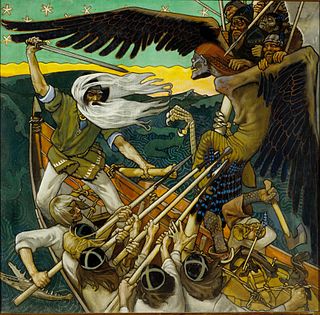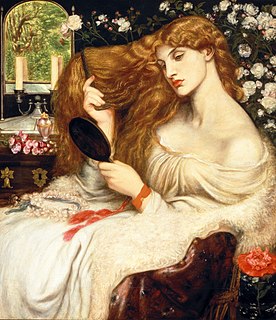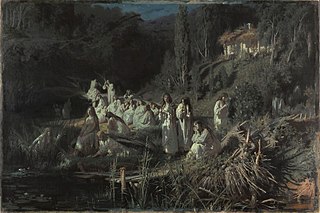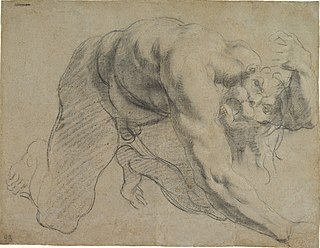 W
WBacchus, Venus and Ariadne is an oil painting executed in Venice in 1576–77 by the Italian painter Jacopo Tintoretto which hangs in the Sala dell'Anticollegio at the Doge's Palace (the Pallazzo Ducale} in Venice. It is one of four almost square paintings on mythological subjects in the same room which were commissioned to celebrate the government of Doge Girolamo Priuli.
 W
WCephalus and Procis is a 1580s painting by the Italian Renaissance painter Paolo Veronese. It is on display in the Musée des Beaux-Arts of Strasbourg, France. Its inventory number is 634.
 W
WCyparissus is a 1620s Baroque painting on a mythological subject from Ovid's Metamorphoses by the Italian painter Jacopo Vignali. It is on display in the Musée des Beaux-Arts of Strasbourg, France, to which it had been donated by the collectors Othon Kaufmann and François Schlageter in 1994. Its inventory number is 994-1-8, or 44.994.1.8.
 W
WThe Defense of the Sampo is an 1896 Romantic nationalist painting by Finnish painter Akseli Gallen-Kallela. The painting illustrates a passage from the Kalevala, the Finnish national epic compiled by Elias Lönnrot in the 19th century.
 W
WJupiter and Callisto is a 1744 painting by François Boucher, now in the Pushkin Museum in Moscow. It shows Jupiter disguised as Diana to seduce Callisto.
 W
WJupiter and Callisto or The Nymph Callisto Seduced by Jupiter in the Guise of Diana is a 1759 painting by François Boucher, now in the Nelson-Atkins Museum of Art in Kansas City, USA.
 W
WKullervo Sets Off for War is a painting by Akseli Gallen-Kallela from the year 1901. He painted the subject in tempera painting and as a fresco which is located in the music hall of Old Student House of Helsinki University.
 W
WLady Lilith is an oil painting by Dante Gabriel Rossetti first painted in 1866–1868 using his mistress Fanny Cornforth as the model, then altered in 1872–73 to show the face of Alexa Wilding. The subject is Lilith, who was, according to ancient Judaic myth, "the first wife of Adam" and is associated with the seduction of men and the murder of children. She is shown as a "powerful and evil temptress" and as "an iconic, Amazon-like female with long, flowing hair."
 W
WLemminkäinen's Mother is an 1897 Romantic nationalist painting by Finnish painter Akseli Gallen-Kallela. The painting illustrates a passage from the Kalevala, the Finnish national epic compiled by Elias Lönnrot in the 19th century.
 W
WThe Mermaids is an 1871 oil on canvas by the Russian artist Ivan Kramskoi. It depicts nineteen rusalki, who, according to Slavic mythology, were river or lake spirits who appeared at night in the form of young women. Some versions of the myths describe them as spirits who had died unbaptised or unmarried, or had drowned themselves following an unrequited love. They would emerge from the water at night, to sing and dance. They fulfilled a similar folkloric role to sirens; often enchanting young men before luring them to their deaths at the bottom of the water.
 W
WThe Night of Enitharmon's Joy, often referred as The Triple Hecate or simply Hecate, is a 1795 work of art by the English artist and poet William Blake which depicts Enitharmon, a female character in his mythology, or Hecate, a chthonic Greco-Roman goddess of magic and the underworld. The work presents a nightmarish scene with fantastic creatures.
 W
WOdysseus and Polyphemus is an 1896 oil painting by the Swiss artist Arnold Böcklin. It has been part of the collection of the Museum of Fine Arts, Boston since 2012.
 W
WThe Palazzo Sampieri frescoes are a set of paintings by Annibale, Agostino and Ludovico Carracci in the Palazzo Sampieri in Bologna. They form the last surviving collection of works by the three artists.
 W
WPerseus Freeing Andromeda is a 1611 oil on canvas painter by the Dutch Mannerist painter Joachim Wtewael. Since 1982 it has been in the collection of the Louvre in Paris. A preparatory drawing for it also survives in the Albertina in Vienna, reprising the pose in the same artist's St Sebastian Bound to a Tree for Andromeda. In the final painting he used a less curving and more supple pose for Andromeda.
 W
WThe Water and Land Ritual paintings is a set thirty six Chinese mythological paintings from 1454. The paintings were part of a larger set, as indicated by the incomplete representation of certain themes on the extant scrolls. The majority of paintings are housed in the Guimet Museum and the remaining two are kept in the Cleveland Museum of Art.